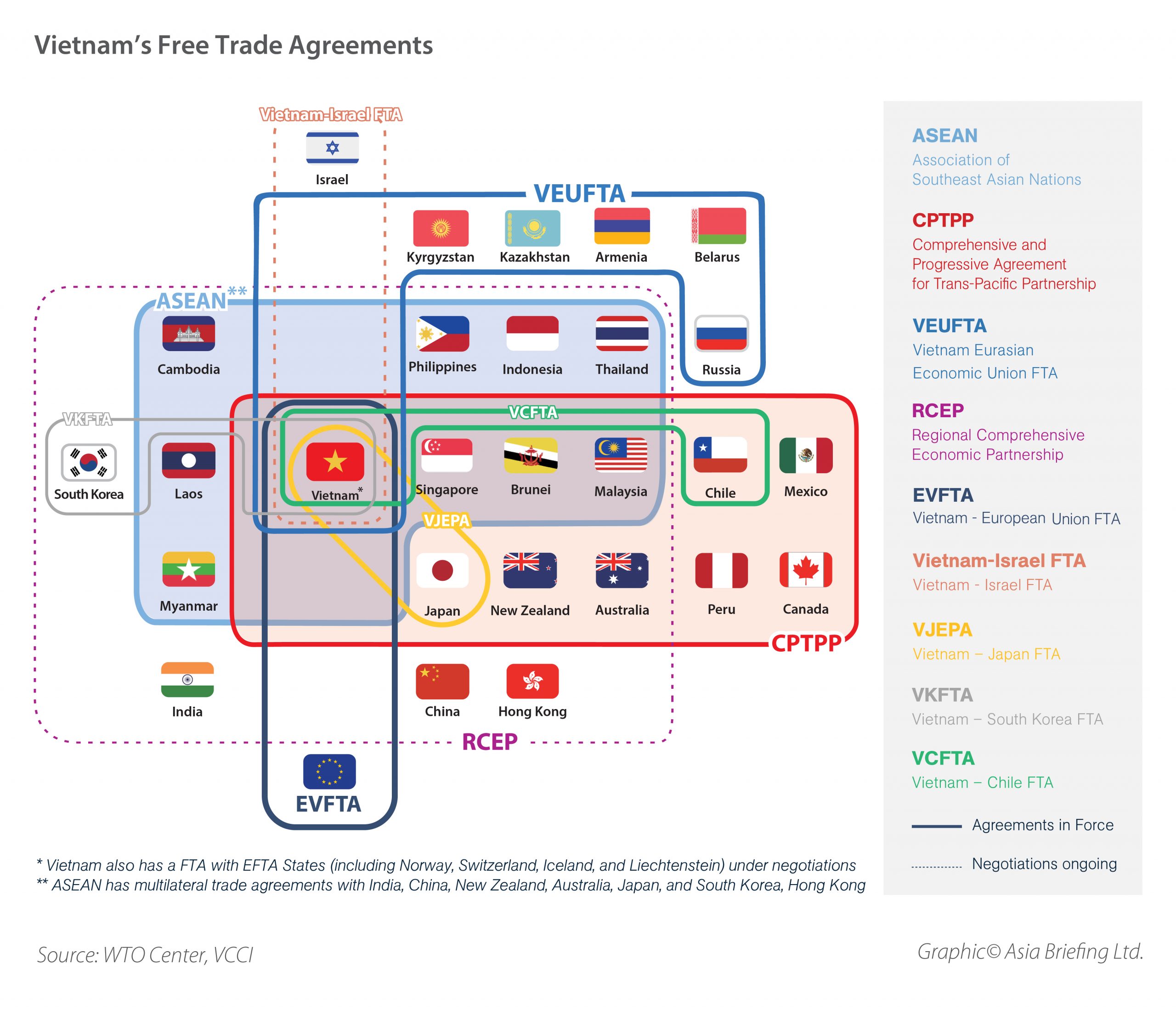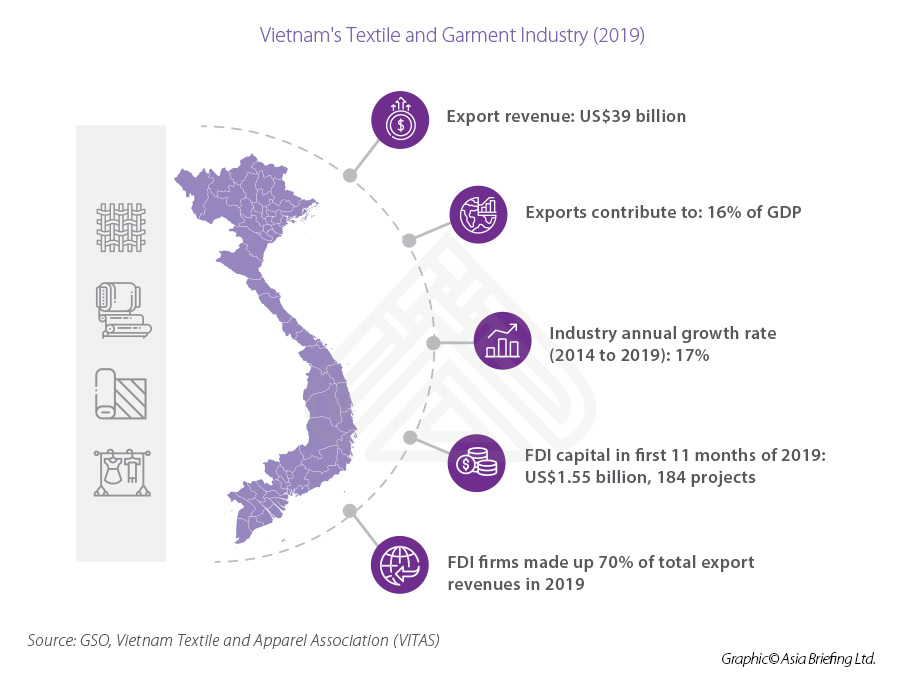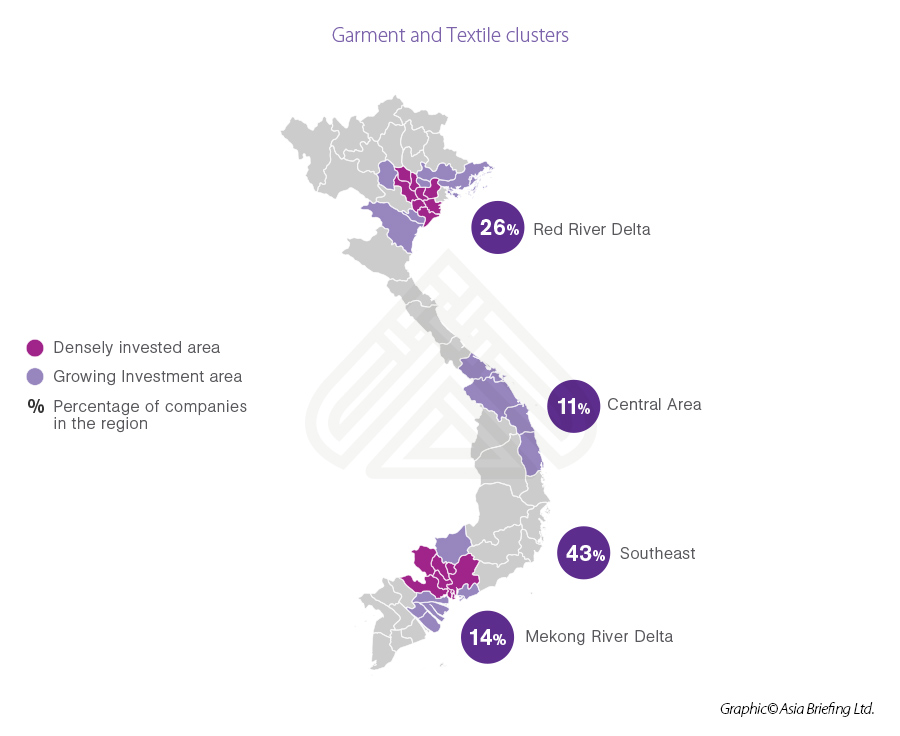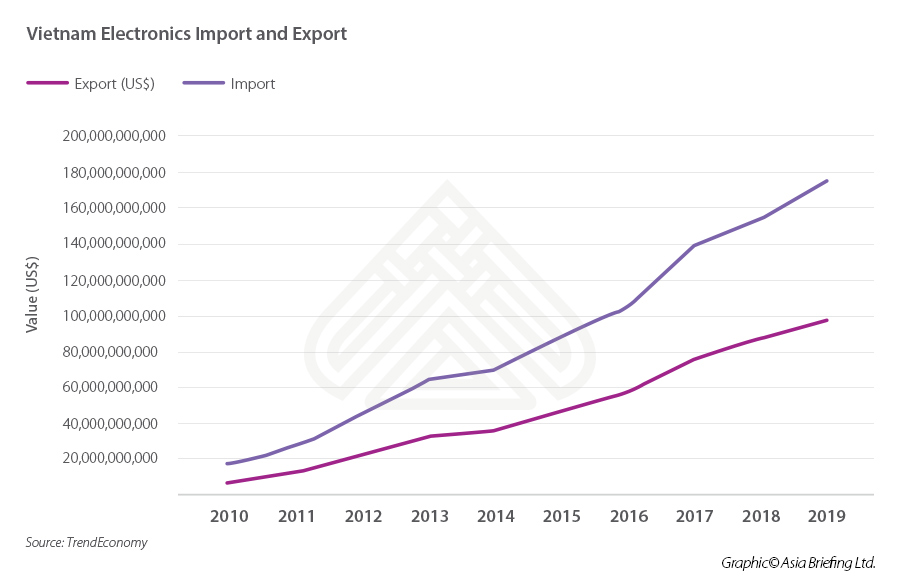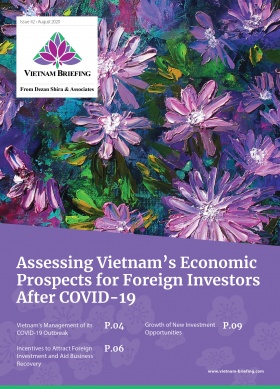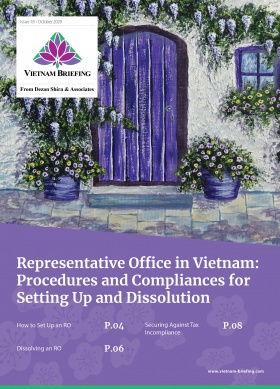Planning Your 2021 Budget: Opportunities in Vietnam
- International businesses planning their 2021 investment budgets should consider Vietnam as one of ASEAN’s best growth potential in the long term
- Vietnam’s stable political environment, competitive labor costs, and improving infrastructure make the country a favorable choice for investors.
- Vietnam has emerged as an ideal alternative manufacturing destination to China for international businesses, in part due to the US-China trade war and disrupted supply chains due to the coronavirus pandemic.
As businesses prepare their 2021 investment budgets, Vietnam continues to appeal to foreign investors looking at the ASEAN region. The country’s low-cost business environment, geographic proximity to China, and numerous free trade agreements are among the leading reasons why.
Prior to the COVID-19 pandemic, the influx of foreign investment into Vietnam resulted in its economy growing at seven percent in 2019, one of the fastest in the region.
As such, Vietnam has become an ideal alternative manufacturing destination, particularly for businesses looking to complement their China operations by shifting some production out to a lower cost base.
Vietnam’s business environment
Competitive labor costs
Vietnam has one of ASEAN’s most competitive labor costs with minimum wages falling between US$132 and US$190 per month. 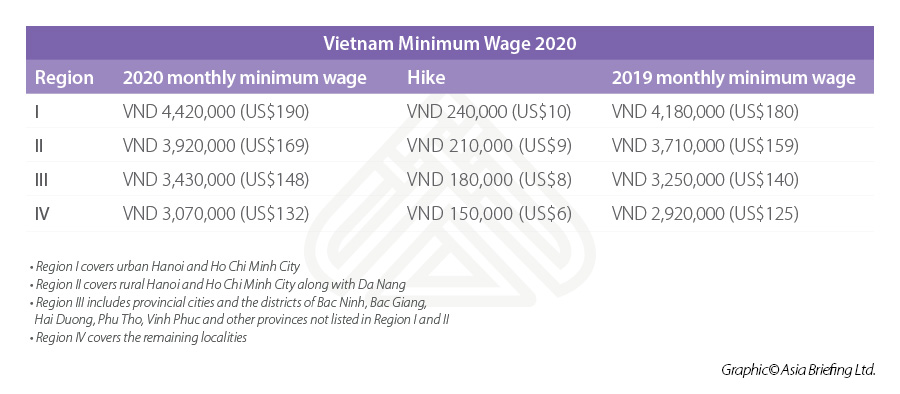
The country sets a different minimum wage level across four regions.
- Region 1 — which includes the urban and suburban areas of Hanoi, Hai Phong, Ho Chi Minh City, and the provinces of Dong Nai, Binh Duong, and Ba Ria-Vung Tau have a minimum monthly wage of VND 4,420,000 (US$190).
- Region 2 — includes the rural areas of Hanoi and Ho Chi Minh City and medium-sized cities like Da Nang, Nha Trang, and Can Tho, and carries a minimum wage of VND 3,920,000 (US$169) per month.
- Region 3 — contains smaller cities and suburban districts, and has a minimum wage of VND 3,430,000 (US$148).
- All remaining areas fall under Region 4, which has a minimum wage of VND 3,070,000 (US$132).
Corporate income tax incentive
On September 25, 2020, Vietnam signed off on implementing a 30 percent reduction in corporate income tax (CIT) for the 2020 financial year.
The government has made this incentive available for businesses whose revenue does not exceed VND 200 billion (US$8.8 million) in 2020. As a result, eligible taxpayers will only pay a 14 percent headline CIT rate.
This reduction is in addition to other tax incentives issued in April 2020, in which the government deferred value-added tax (VAT) and CIT payments for up to five months for eligible taxpayers.
Personal income tax incentive
In June 2020, the government approved Resolution 954/2020/UBTVQH14, which implemented reductions in personal income tax (PIT) for individuals and dependents for 2020.
Through the Resolution, the government has increased the minimum taxable income threshold by 22 percent, from US$386 (VND 9 million) to (VND 11 million) US$472 per month.
Further, the threshold for each dependent being claimed was increased from VND 3.6 million (US$154) and VND 4.4 million (US$188). Qualified dependents are children aged below 18 years old, or over 18 years of age joining vocational schools or universities and earning a low income, which does not exceed (VND 1 million) US$42 per month.
The new rates were applied to payrolls after July 1, 2020.
Economic zones
Vietnam has begun to expand its development zone policy to include 18 coastal economic zones and 325 state-supported industrial parks. These economic zones offer their own incentives from free tariffs to low personal income tax.
The country’s parliament has delayed issuing the Special Zone Act, which would see the creation of three new SEZs across the country. Located in the provinces of Quang Ninh and Khanh Hoa, and the island of Phu Quoc, these SEZs are set to provide foreign investors a 99-year land lease in addition to other incentives.
Additional export-processing facilities, and possibly SEZs, may develop along Vietnam’s long eastern seaboard as it seeks to compete with South China for foreign investment.
The government is seeking to use the SEZs to attract investments in areas relating to high-tech and knowledge industries.
Free trade agreements
Vietnam has more than 14 free trade agreements (FTAs) in effect — either as a member of ASEAN or bilateral.
Through its membership with ASEAN, the country is part of the bloc’s economic free trade zone in addition to being party to the Comprehensive and Progressive Agreement for Trans-Pacific Partnership (CPTPP), a massive trade agreement between all members of ASEAN and Australia, Canada, Peru, New Zealand, Mexico, Chile, and Japan.
Moreover, the European Union Vietnam Free Trade Agreement (EVFTA) took effect on August 1, which is set to increase trade between Vietnam and the EU.
The EVFTA provides some 99 percent elimination of customs duties between the EU and Vietnam and will help increase the country’s exports to the EU by 42 percent. Additionally, 65 percent of duties on EU exports to Vietnam will be eliminated while the remaining will be done over a period of 10 years, and 71 percent of duties will be eliminated on Vietnam’s exports to the EU, with the remaining eliminated over the next seven years.
What sectors show the greatest potential for foreign investors?
Garment and textile manufacturing
Vietnam is among the world’s top exporters of garments and textiles with the industry contributing to 16 percent of GDP.
Export revenue earned from the industry rose to US$39 billion in 2019, an increase of 8.3 percent from the previous year. The US, Europe, Japan, and South Korea are the main export destinations of Vietnam’s textile and garments products. Although Vietnam has a huge potential for cotton cultivation and production, the textile industry imports most of its cotton inputs.
The industry has three subsectors: upstream sector, which consists of fiber production; midstream sector, involving mainly fabric production and dyeing; and the downstream sector, which consists of garment manufacturing.
Businesses that produce fabrics or fibers are mainly for the domestic market with cut-make-trim (CMT) models dominating the downstream sector. CMT products also account for 65 percent of exports.
Vietnam’s extensive FTA network, such as the EVFTA, provides manufacturers with access to new markets for exports. In addition, in the first 11 months of 2019, the industry received US$1.5 billion in foreign investments, led by Hong Kong (US$447 million), Singapore (US$370 million), China (US$270 million), and South Korea (US$165 million).
Electronics
Vietnam climbed the ranks as an electronics exporter from 47th in 2001 to 12th in 2019, boosted by the supply chain shift from China into Southeast Asia. Mobile exports were ranked second worldwide in terms of exports, valued at over US$50 billion in 2019.
The main export destinations in 2019 were China, the US, South Korea, Hong Kong, and Japan, covering commodities like mobile phones, TVs, cameras, electrical apparatus, and electronic integrated circuits.
The electronics industry is already dominated by established foreign companies, accounting for over 90 percent of total exports as well as 80 percent of the domestic market. With the ongoing trade dispute between China and the US, several major multinationals have begun shifting parts of their production to Vietnam.
Most recently, in June 2020, Apple moved parts of the production of its AirPods to Vietnam and Nintendo has begun manufacturing parts of its Switch Lite console in the country.
Automobiles
Despite Vietnam’s automobile industry being quite small in terms of market size, it was one of the fastest-growing in the region.
There are three sub-sectors in automobile production in Vietnam:
- Complete knocked-down (CKD), whereby factories import 100 percent of the vehicle components for assembly;
- Semi-knocked-down (SKD), whereby factories import some of the vehicle components and use localized components for the rest; and
- Complete-built-up (CBU), whereby vehicles are wholly manufactured abroad and then imported to Vietnam.
The industry contributed some three percent to GDP in 2019, with it relying heavily on the export of automobile parts. The number of automobiles sold in Vietnam was approximately over 288,000 in the same year.
In a move to help domestic enterprises recover from the impact of the pandemic, the government has cut auto registration fees by 50 percent until the end of 2020. The government hopes this will encourage greater consumer spending, specifically among the country’s expanding middle-class, which is around 44 million in 2020.
Further, through the EVFTA, cars and auto parts exported from the EU will be subject to zero percent import tax, thus showcasing Vietnam’s potential for establishing automotive manufacturing setups. The country aims to reach a production capacity of one million vehicles per year by 2030.
About Us
Vietnam Briefing is produced by Dezan Shira & Associates. The firm assists foreign investors throughout Asia from offices across the world, including in Hanoi and Ho Chi Minh City. Readers may write to vietnam@dezshira.com for more support on doing business in Vietnam.
- Previous Article Q&A: Lebensmittel und Getränke in der EVFTA: Wie können sich ausländische Investoren für Vorzugstarife qualifizieren?
- Next Article La strategia Cina+1


























